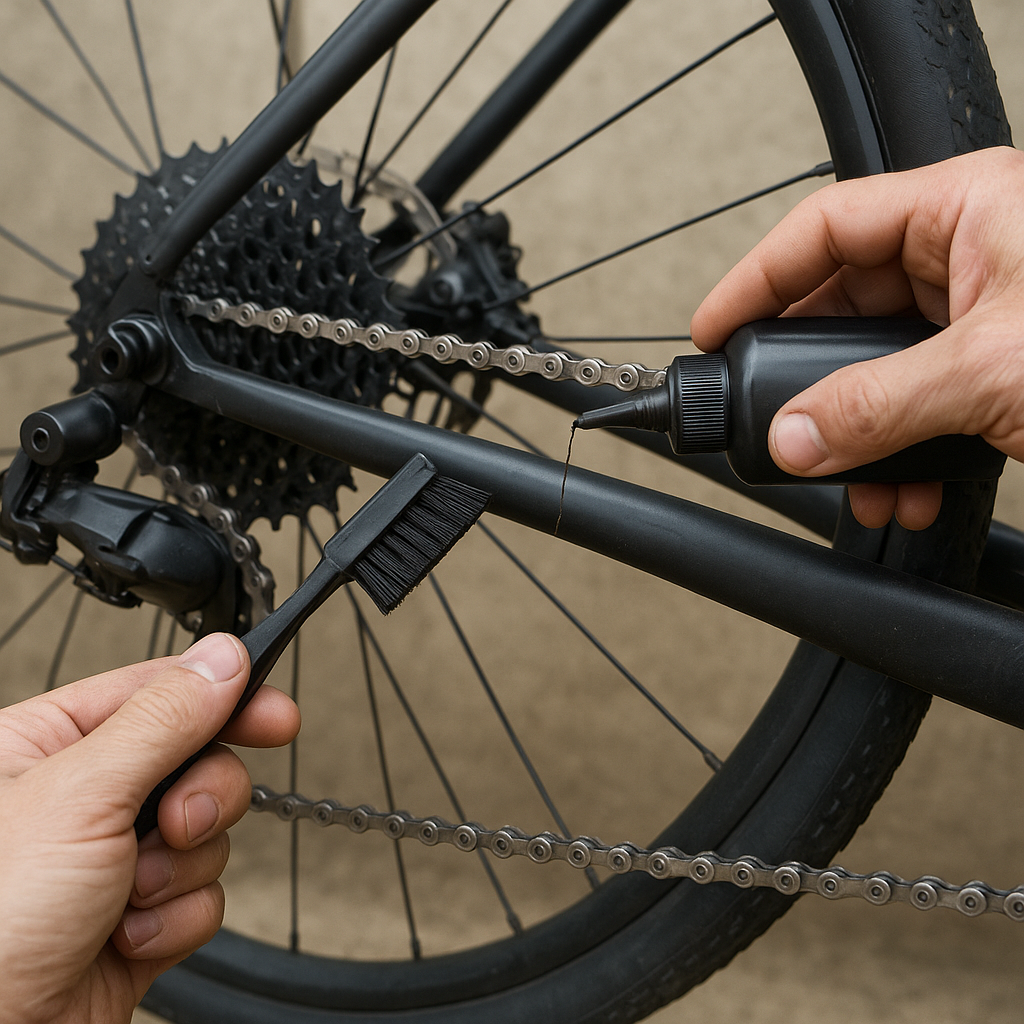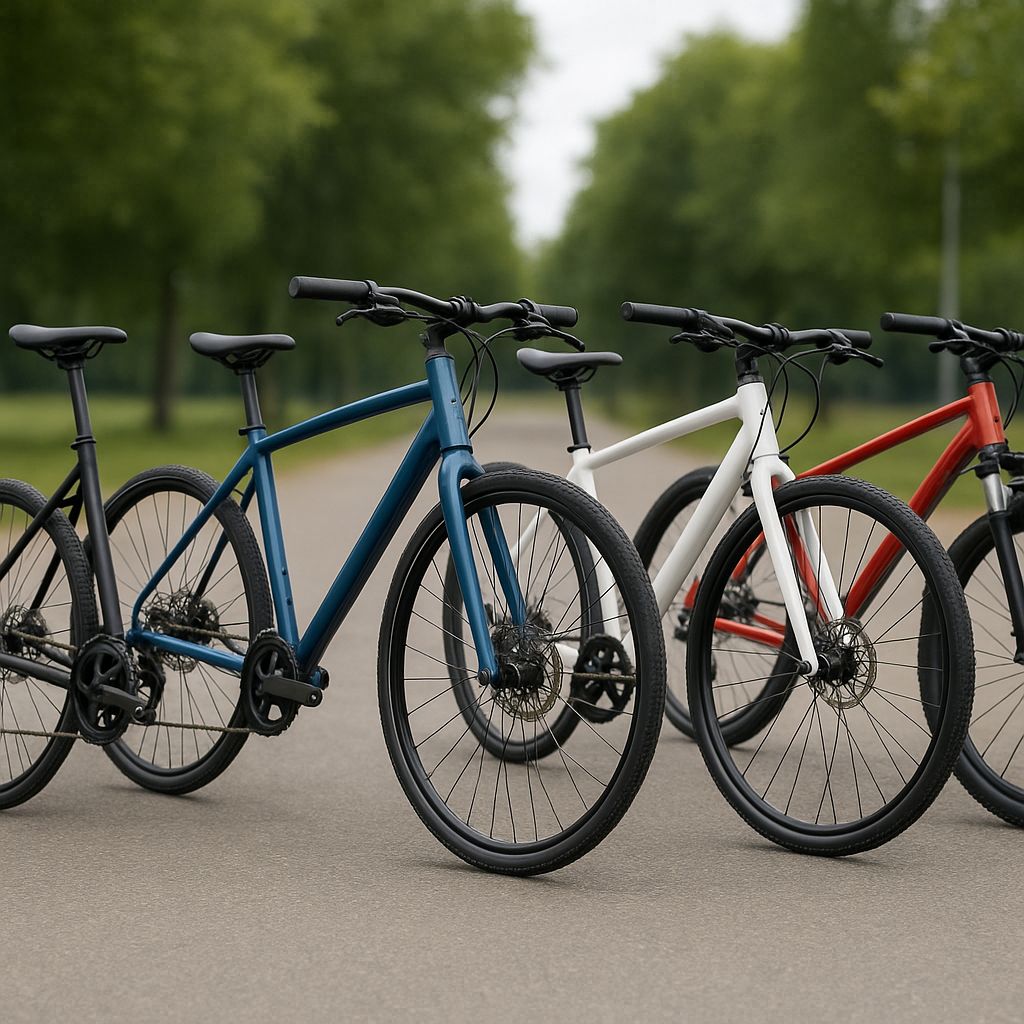Keeping your bicycle in top condition relies heavily on proper care of its most critical moving part: the chain. Regular cleaning and lubrication not only enhance riding performance but also extend the longevity of your drivetrain. This guide will walk you through the essential steps and best practices to ensure smooth, efficient cycling.
Preparation and Safety Measures
Gathering the Right Tools and Supplies
Before you begin, assemble all necessary items. A well-equipped toolkit will save time and prevent frustration. You will need:
- A sturdy bike stand or an alternative method to elevate the rear wheel
- A quality chain cleaning device or stiff-bristle brush
- A dedicated degreaser formulated for bicycle chains
- Clean rags or microfiber towels
- Appropriate lubrication oil (wet lube for damp conditions, dry lube for dusty trails)
- Gloves and eye protection to handle solvents safely
- A small container for used degreaser disposal
Ensuring Safety and Cleanliness
Working with chemicals and moving parts can pose risks. Follow these guidelines:
- Wear gloves to protect your skin from harsh solvents.
- Keep the work area well-ventilated to avoid inhaling fumes.
- Ensure the bike is stable on the stand to prevent accidents.
- Discard used rags and used degreaser responsibly, following local disposal regulations.
Chain Cleaning Methods
Using a Chain Cleaning Device
A dedicated chain cleaning tool simplifies the process and minimizes mess:
- Open the cleaner and pour in degreaser according to the manufacturer’s instructions.
- Clasp the device around the chain and rotate the cranks backward, allowing internal brushes to scrub both sides of each link.
- Repeat for at least 30–60 seconds or until the fluid inside appears dark with grime.
- Rinse the chain with warm water if your degreaser is water-soluble, then wipe dry.
Manual Brushing Technique
For those without a specialized tool, manual cleaning works just as well:
- Apply degreaser liberally over the chain, focusing on areas with built-up grime.
- Use a brush or an old toothbrush to scrub each link, ensuring you remove all grit and small debris.
- Rotate the pedals backward while brushing to access the entire length of the chain.
- Rinse thoroughly with water if appropriate, then blot with clean rags until completely dry.
Deep Cleaning the Cassette and Chainrings
Your chain interacts closely with the cassette and chainrings, so they should be kept equally clean:
- Apply degreaser to the cassette sprockets and chainrings.
- Use a stiff brush or a cassette-specific brush tool to remove caked-on mud and grease.
- Wipe down each gear individually, taking care not to skip smaller cogs that trap dirt.
- Rinse and dry thoroughly to prevent corrosion and undue friction.
Lubrication Techniques
Selecting the Right Lubricant
Choosing the proper lube depends on riding conditions:
- Wet lube for rainy or muddy trails. It clings to the chain but attracts more dirt.
- Dry lube for dusty or dry surfaces. It repels dust but wears off faster.
- All-purpose lubes exist but may not excel in extreme conditions. Match your lube to your typical environment.
Applying Lubricant Correctly
Proper application ensures each roller and link receives adequate coverage:
- Hold the bottle nozzle close to the chain without touching it, to avoid contamination of the bottle tip.
- Slowly pedal backward with one hand while dosing a drop onto each roller.
- Allow the lubricant to penetrate for a few minutes.
- Wipe off excess with a clean rag; too much lube attracts dirt, increasing wear and friction.
Frequency of Lubrication
The ideal lube schedule varies with terrain and mileage:
- After every ride in wet or muddy conditions, clean and lube your chain.
- Every 100–200 miles (160–320 km) in dry, dusty environments.
- When chains start to sound noisy or shifting becomes less precise.
Ongoing Maintenance and Best Practices
Monitoring Chain Wear
An overstretched chain accelerates wear on the cassette and chainrings. Use a chain checker tool regularly:
- Insert the tool between links to measure elongation.
- Replace the chain if wear exceeds recommended limits (typically 0.5–0.75% elongation).
Storing Your Bike Correctly
Proper storage helps maintain cleanliness and prevents rust:
- Keep the bike in a dry, cool environment away from direct sunlight.
- Cover it with a breathable cover to keep dust at bay.
- Apply a thin layer of anti-corrosion spray on metallic parts if stored long-term.
Periodic Professional Tune-Ups
Even with diligent DIY care, occasional professional inspections can catch issues early:
- A qualified mechanic can spot hidden problems in the drivetrain or frame.
- They can perform advanced services like cassette removal, bearing overhauls, and precise derailleur indexing.
Enhancing Chain Longevity
Optimal Riding Habits
Small changes in how you ride can reduce strain:
- Avoid cross-chaining (e.g., small chainring with small sprocket) to minimize lateral stress.
- Shift gears smoothly under low load; lighten pedal pressure when changing.
- Keep cadence steady to reduce abrupt torque spikes that fatigue chain links.
Advanced Lubrication Options
For enthusiasts seeking peak performance, consider:
- Ceramic lubes that offer lower friction coefficients and improved wear resistance.
- Wax-based lubes for ultra-clean rides, particularly in dry conditions.
Customizing Maintenance to Your Bike
Every bicycle and rider combination is unique:
- High-mileage commuters benefit from more frequent deep cleans.
- Casual weekend riders may extend intervals but should still inspect chain condition regularly.
- Off-road cyclists might incorporate mobility in their maintenance by carrying a small lube bottle on rides.












